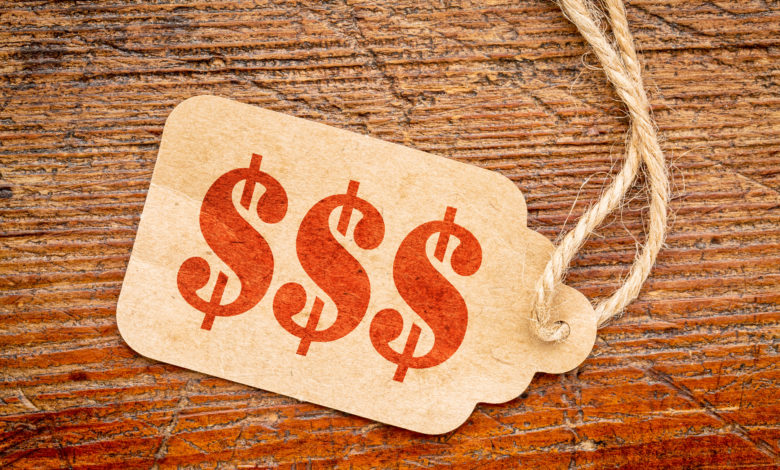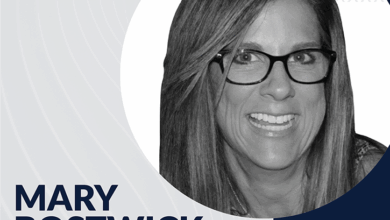
It’s the most dreaded moment in the cycle of sales. You’ve hooked a new prospect on a service you can deliver. You’ve worked hard on the pitch, compiling the right product examples, and showcasing just what you’re capable of executing.
They’re excited, attentive, and focused. Then, you start talking pricing. The prospect then becomes apprehensive or confused. Maybe they shut down completely. Maybe they tell you they can’t do it.
- “You’re too expensive.”
- “That’s out of my ballpark.”
- “It’s just too much.”
They’re telling you they don’t believe your offerings are worth the price tag you put on them. Well, here’s where you show them they’re wrong.
Reagan Mackrill, the co-Founder of brand identity design business G’Day Frank, was no stranger to prospects clenching up when the topic of pricing arose. So he came up with a tactic that met his prospects where their questions were. Because for Mackrill’s customers, it wasn’t just about a logo. And for your customers, it’s not just about some custom printed T-shirts, hats, or water bottles.
Here’s the strategy, in full force, so you can start trying it yourself.
Step 1: Ask the right questions
When navigating a price objection, there should never be an annoying or defensive speech. It’s time for a conversation—for you to persuade your prospect on a personal level through education. It needs to apply to their business and the particular project. Start by asking these pertinent questions:
- Why do you want the X deliverable?
- What are you hoping it accomplishes for your business?
If their answer is to increase sales, you’re ready for Step 2. If their answer is to increase brand exposure, market opportunities, or to foster customer/employee relationships, you can ask them why. That will take them to the first answer: to increase sales.
Step 2: Quantify the goal
Here’s where you get them to narrow in on what that means. With this one product, or this one campaign, how much of a sales increase are they looking for?
Example: If you’re pitching an athletic organization for their seasonal fundraiser, and they typically only sell T-shirts (and are used to locking in sales from 100 buyers), how many more buyers are they looking to win over if they add water bottles to the mix?
If the goal is to sell to 25% more buyers with the added product (125 buyers in total), that’s a straightforward way for them to envision the campaign’s aim, and thus, your persuasive argument.
Step 3: Break down the value
Explain that the real value of that sales increase isn’t just what it’ll do for this campaign. We all know customers are worth more than just a single transaction. It’s much easier to get a pre-existing customer to buy again than it is to convince a new customer to buy for the first time, so enticing 25 new audience members to become customers now equates to more value and sales down the line.
Plus, custom branded T-shirts and water bottles further an organization’s marketing efforts every time a buyer wears or uses the item—for free.
With this value top of mind with your buyer, ask them how much a new customer is worth to them.
If your prospect comes back with $500 (as in, each new customer is worth $500 in revenue to the organization), then adding water bottles will lead to an increase of $12,500 in revenue. (Remember: 25 new customers)
Step 4: Rely on simple math
Finally, using your prospect’s answers, paint the precise picture of what they’re looking at when it comes to pricing, and don’t get complicated here.
“Switching things up this year by adding water bottles into the mix of your seasonal fundraiser adds an extra $1,000 to the total cost, but it results in $12,500 in added revenue. Doesn’t that seem like a worthwhile investment?”
That’s it. That’s all it takes to get the prospect to think differently about your products’ cost and value.
The wrap-up
With this strategy, you have to focus on the big picture. Illustrate the impact of the deliverable beyond a single campaign or transaction.
Every time a custom-branded piece of apparel or promotional product is worn or used, it spreads brand awareness, expands reach, and generates social proof—telling the wearer’s or user’s network they support the brand.
That’s organic marketing at work.



